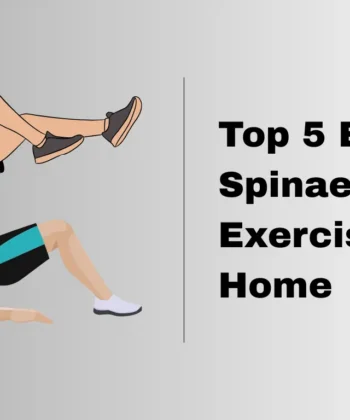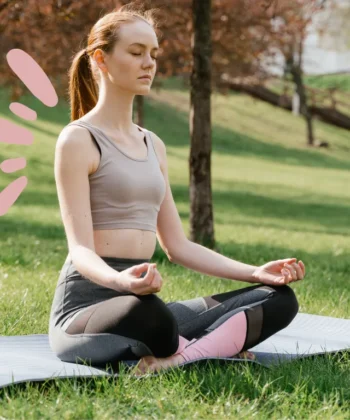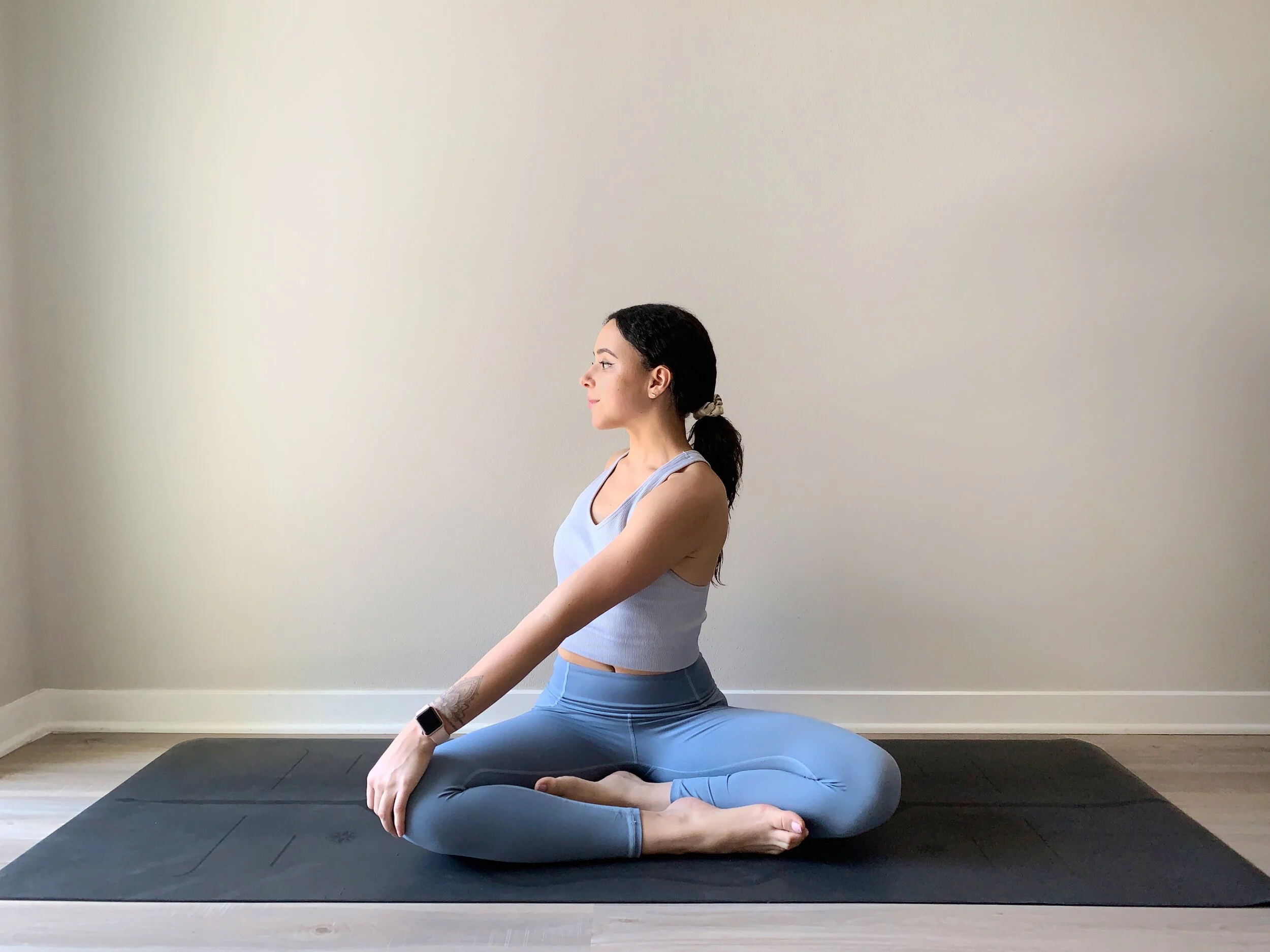
Table of Contents
Did you know that 80% of Americans deal with stress? This stress can lead to weight gain and lower well-being. Somatic yoga for beginners offers a holistic way to relax, become more flexible, and manage weight. It’s a fantastic method to make your existence better.
Starting somatic yoga is a gentle yet powerful step. It connects your mind and body. By adding it to your daily routine, you can lower stress, boost flexibility, and enhance wellness. It’s perfect for those looking for a holistic health approach, including weight loss and understanding somatic yoga basics.
Understanding the Essence of Somatic Yoga
Somatic yoga is unique compared to traditional yoga. It focuses on awareness, breath, and movement. These elements help you relax, become more flexible, and find balance. By adding somatic yoga poses to your routine, you’ll enjoy many benefits.
The roots of somatic movement are about listening to your body and respecting its limits. This approach emphasizes awareness and breath in movement. It helps you connect with your body deeply. This way, you can make your somatic yoga practice fit your needs, whether you want physical, mental, or emotional benefits.
The Origins of Somatic Movement
Somatic movement believes the body can heal and balance itself naturally. By using this ability, you can see many benefits. These include less stress and anxiety, better flexibility, and strength.
Core Principles of Somatic Practice
Somatic practice is built on three main principles: awareness, breath, and movement. These elements combine to nourish both your body and mind. Key parts of somatic practice include:
- Awareness: tuning into your body’s sensations and limitations
- Breath: using conscious breathing to calm and focus the mind
- Movement: engaging in gentle, mindful movements to release tension and promote flexibility
How Somatic Yoga Differs from Traditional Yoga
Traditional yoga aims for specific poses, but somatic yoga is more gentle and intuitive. It encourages listening to your body and respecting its limits. This way, you can create a practice that suits you perfectly. Whether you’re new or experienced, somatic yoga helps deepen your connection with your body and mind.
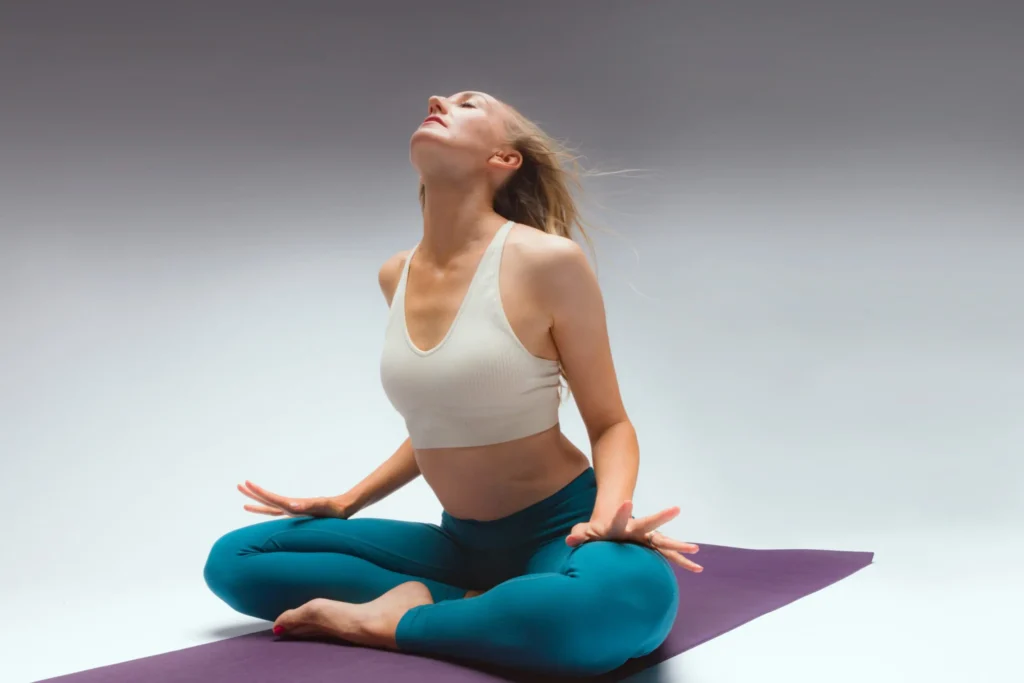
The Science Behind Somatic Yoga Practice
Wondering if somatic yoga works and if it’s legit? Research shows somatic yoga can deeply impact your physical and mental health. Learning about the science behind it helps you see its benefits and feel more confident in your practice.
Studies show somatic yoga can lower anxiety and depression, improve sleep, and boost overall well-being. It focuses on gentle, mindful movements to release tension and promote relaxation. Some key benefits include:
- Reduced stress and anxiety
- Improved sleep quality
- Increased flexibility and range of motion
- Enhanced overall well-being
While somatic yoga’s benefits for trauma are clear, it’s key to approach it with an open mind. This way, you can experience its benefits firsthand and connect more deeply with your body and mind.
Key Benefits of Somatic Yoga for Beginners
Exploring somatic yoga opens up a world of benefits beyond just physical health. It’s a holistic practice that helps you connect with your body’s needs. This connection allows you to release tension and improve your overall well-being.
Somatic yoga can greatly improve your physical health. It increases flexibility, balance, and strength. It also helps reduce anxiety and depression, bringing calm and relaxation. You might ask, does somatic yoga help with weight loss? While it’s not the main goal, it can lead to healthier eating habits and a lower risk of disordered eating.
Physical Health Improvements
- Increased flexibility and range of motion
- Improved balance and coordination
- Enhanced strength and overall physical fitness
What are somatic yoga techniques, and how do they help with mental and emotional health? These techniques involve gentle, mindful movements that release tension and promote relaxation. By practicing them, you can reduce stress and anxiety, leading to better overall well-being. As you explore somatic yoga, you’ll find a deeper connection to your body and a greater sense of self-awareness.
Essential Somatic Yoga Techniques for Newcomers
Starting your somatic yoga journey is exciting. You’ll learn how does somatic yoga work and how to do it. Somatic yoga helps you relax, become more flexible, and find balance. It uses gentle movements, breath focus, and relaxation exercises.
These practices help you release tension and become more aware of your body. It’s a way to connect with your body’s needs.
Somatic yoga is different from regular yoga. It focuses on listening to your body and moving gently. This approach helps you enjoy yoga’s benefits without pushing too hard. You’ll feel less stressed and more relaxed.

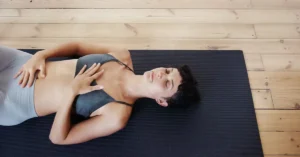
To start practicing somatic yoga, try these techniques:
- Begin with simple movements like shoulder rolls and neck stretches.
- Pay attention to your breath, feeling the air move in and out.
- Try relaxation exercises like progressive muscle relaxation or visualization.
Using these techniques, you’ll understand somatic yoga better. You’ll see how it’s different from regular yoga. And you’ll enjoy its unique benefits for yourself.
Getting Started with Somatic Yoga at Home
To start your somatic yoga journey, it’s key to know the difference between yoga and somatic yoga. Doing somatic yoga at home is a wonderful way to enjoy its benefits in your own space. You’ll see that somatic yoga brings a special way to move and focus on breath.
Having a dedicated space for practice is vital for a regular routine. Look for a quiet, clean area with a non-slip floor for moving and stretching. You might also need a good yoga mat and props like blocks, straps, or blankets to help your practice.
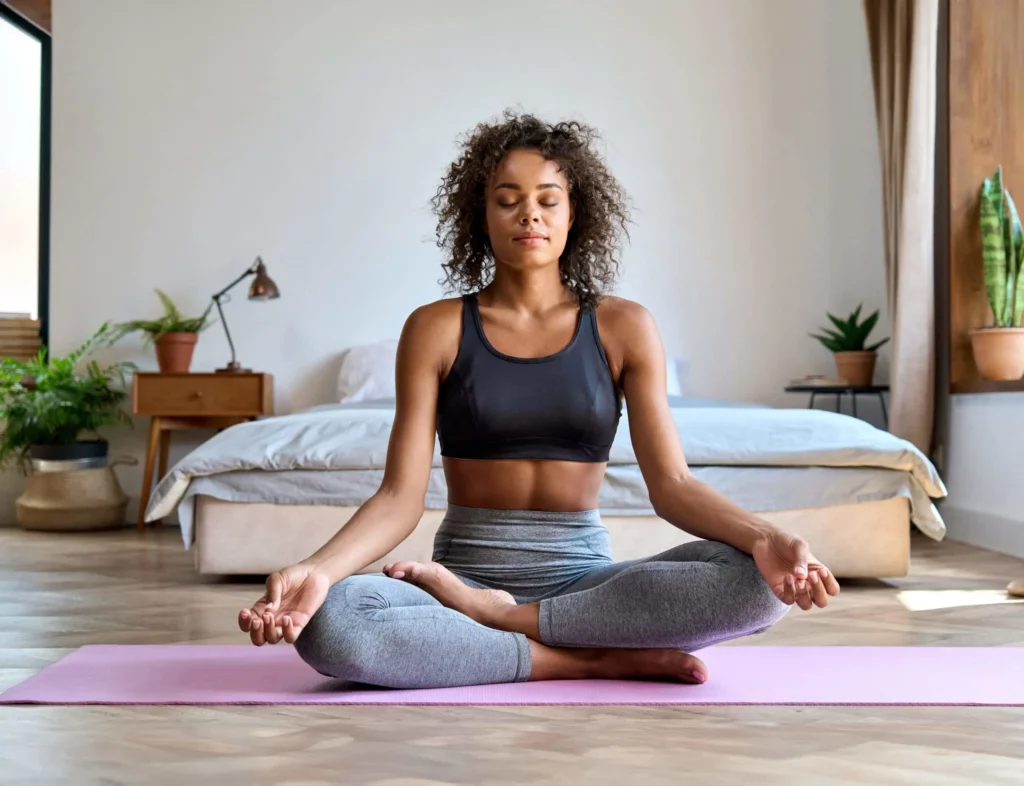
Setting Up Your Space
- Choose a quiet and peaceful area for your practice
- Invest in a good quality yoga mat and necessary props
- Consider the lighting and temperature of your practice space
When setting up, remember somatic yoga focuses on gentle movements and breath. Adding somatic yoga to your daily life can lower stress and enhance your well-being. With time and effort, you’ll see the benefits of somatic yoga at home and grow in your practice.
Fundamental Somatic Yoga Poses and Movements
Exploring somatic yoga opens up a world of gentle stretches and flowing movements. These exercises help you relax, become more flexible, and find balance. They also help you become more aware of your body and release tension.
By adding somatic yoga to your routine, you unlock many benefits. This holistic practice promotes calmness and well-being.
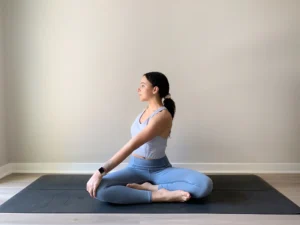
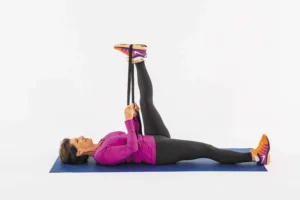

Some key poses and movements in somatic yoga include:
- Gentle twists and turns to release tension in the spine and torso
- Flowing movements to loosen and relax the joints and muscles
- Deep relaxation exercises to calm the mind and nervous system
These poses and movements can be done in different ways. You can start slow or move more freely. Somatic yoga affects not just your body but also your mind and emotions.
Learning these basic poses and movements deepens your practice. They help you enjoy all the benefits of somatic yoga. Whether you want to reduce stress, improve flexibility, or enhance body awareness, somatic yoga can help.
So, why not try it out? Find out how your life can change with somatic yoga.
The Role of Breath in Somatic Yoga Practice
Exploring somatic yoga reveals the importance of breath awareness. Breath is key in somatic yoga, helping you connect with your body and calm your mind. Learning basic breathing techniques can lower stress, promote relaxation, and aid in weight loss. This leads to a healthier, more balanced lifestyle.
Understanding how breath aids in releasing tension is vital for somatic yoga for trauma. By linking breath with movement, you create a practice that heals both body and mind. So, does somatic yoga work? Yes, it helps increase body awareness, reducing discomfort and improving health.
Basic Breathing Techniques
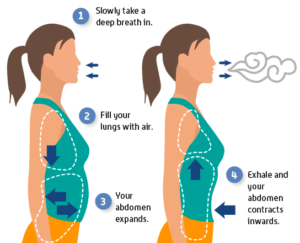
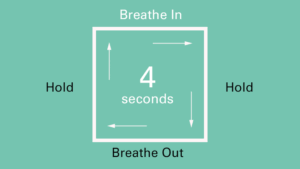
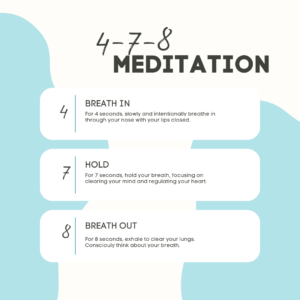
- Diaphragmatic breathing: Engage your diaphragm to promote deep, relaxed breaths
- Box breathing: Practice equal inhales, holds, and exhales to calm your mind and body
- 4-7-8 breathing: Use this technique to slow down your heart rate and reduce stress
Integrating Breath with Movement
Combining breath awareness with somatic yoga movements deepens your body connection. This integration helps release tension, boosts flexibility, and enriches your practice. Focusing on your breath quiets your mind, allowing you to listen to your body and gain deeper awareness.
Addressing Common Challenges in Somatic Yoga
Starting somatic yoga can be tough. It tests your patience and dedication. Knowing if somatic yoga is legit and what it’s about helps you face these challenges. Somatic yoga focuses on gentle movements and self-awareness. It’s important to be open-minded and eager to learn.
At first, you might feel uncomfortable. This could be because of new movements or stiffness. Focus on gentle, mindful movements. This way, you can slowly get used to the practice.
Managing Expectations
It’s key to manage your expectations in somatic yoga. Be patient with your progress and don’t compare yourself to others. Remember, everyone’s journey is different. Focus on your own growth to stay motivated.
Tracking Your Progress
Record your practice in a journal or log. It helps you see where you’ve improved and celebrate your wins. Reflecting on your experiences helps refine your practice.
- Be patient with your progress
- Focus on gentle, conscious movement
- Keep a journal or log of your practice
Follow these tips to overcome common challenges in somatic yoga. Stay committed, and you’ll see the benefits of this practice.
Incorporating Somatic Yoga into Daily Life
To get the most out of somatic yoga, make it a part of your daily routine. Start by setting aside a few minutes each day for somatic yoga exercises. Try gentle stretches and mindful movements. This will help you become more aware of your body and reduce muscle tension.
Begin with small steps to make somatic yoga a lasting habit. Start by doing somatic yoga poses during TV commercials or your lunch break. As you get more comfortable, increase the time and frequency of your practice. For instance, you could:
- Begin your day with a 10-minute somatic yoga for beginners routine to feel centered and focused
- Use your daily commute to do somatic yoga exercises and reduce stress
- End your day with a calming somatic yoga poses sequence to relax and prepare for sleep
By adding somatic yoga to your daily life, you’ll see many benefits. It can improve your physical health and boost your mental and emotional well-being. Be kind to yourself as you start, and don’t hesitate to ask for help from a qualified instructor.
Embracing Your Somatic Yoga Journey
Starting your somatic yoga journey is a chance to improve your health and well-being. This practice offers a holistic way to reduce stress and help with weight management. It also builds resilience against trauma.
By tuning into your body and strengthening your mind-body connection, you can live a more balanced life. This journey is all about listening to your body and growing together.
Every step in your somatic yoga journey is unique. Celebrate every small victory and be kind to yourself as you learn. With regular practice and an open heart, you’ll see how gentle movements can change your life.
Let somatic yoga be your guide to self-discovery and healing. It’s a path to becoming more aware and whole.
Also Read: How to Do Middle Splits Without Pain
Also Read: 10 Minute Morning Yoga for Beginners at Home



